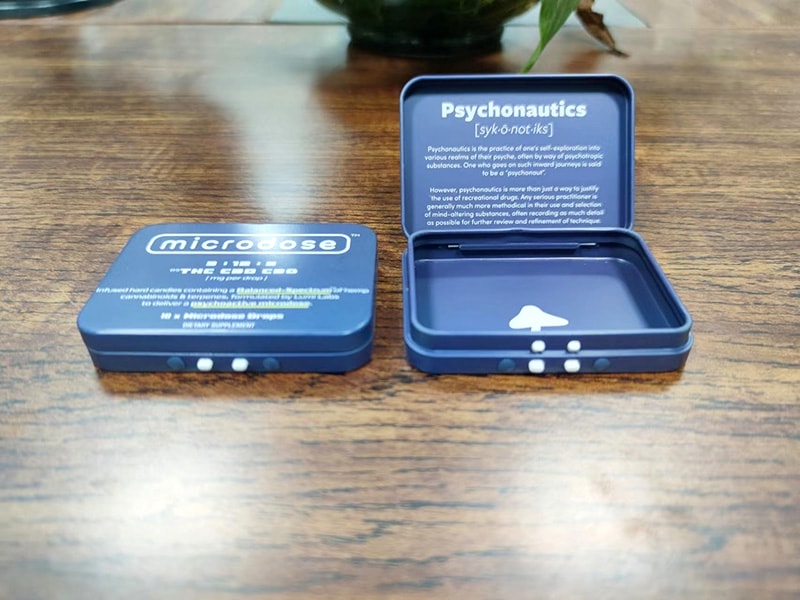
1. Design Specification: Determine the specific design requirements for the tin box, including dimensions, shapes, materials, and any decorative elements. This phase may involve creating design prototypes and reviewing design specifications.
2. Material Selection and Procurement: Identify the appropriate materials for the tin box in accordance with design specifications. This may involve sourcing and procuring the required materials from suppliers, ensuring they meet quality standards.
3. Prototype Development: Create initial prototypes based on the design specifications to visualize the final product and assess its practicality.
4. Tooling and Molding: Develop the necessary tooling and molds to manufacture the tin boxes, ensuring they align with the approved design specifications.

5. Surface Treatment Planning: Plan the surface treatments, coatings, and decorative finishes required for the tin boxes in accordance with design and quality requirements.
6. Regulatory Compliance Review: Ensure that all design and material specifications comply with relevant regulations, standards, and safety considerations.
7. Packaging and Labeling Considerations: Plan the packaging requirements and label design for the final tin box products, ensuring they meet industry standards and consumer expectations.
8. Testing and Validation: Conduct testing and validation procedures to evaluate the feasibility, functionality, and structural integrity of the tin box design.
9. Design Documentation: Create detailed design documentation, including technical drawings, material specifications, and quality requirements, to guide the manufacturing process.
By implementing this standardized design and planning process, manufacturers can ensure consistency, compliance, and alignment with design specifications and industry requirements throughout the tin box manufacturing workflow.